So, your kid has to do a presentation on Eritrea and wants an objective source? Have him or her watch this video and read the accompanying notes and voila: presentation:
0:15 Italy’s attempt to take over parts of Africa “didn’t last that long” and it “didn’t go well”? In Eritrea, it lasted 51 years (1890-1941) and it went really well for them, until the Allied Powers in World War II defeated them and took over their colonies, including Eritrea. The legacy of the colonization is present in Eritrea now including art-deco buildings that got its capital, Asmara, recognized as a UNESCO heritage town and the winding roads connecting the capital, Asmara, to its second city, Keren, and its port city of Massawa.
0:25 The flag. Once upon a time (1952) before Eritrea was an independent country, it was federated with Ethiopia. This was its federation-era flag:
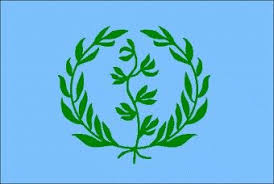
When the federation was dismantled by Ethiopia, the Eritreans formed an armed group called the Eritrean Liberation Front (ELF) which used the federation-era flag as a reminder that the international community had allowed Ethiopia to illegally annex Eritrea. When the Eritrean People’s Liberation Front (EPLF) splintered from the ELF, it continued using the same flag, but it also introduced an organizational emblem which looked like this:
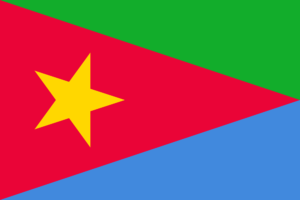
From its inception (1977) until its liberation of Eritrea and the eve of referendum to legally get Eritrea recognized as a member of the international community (1993), the EPLF used both flags. When Eritrea was recognized by the UN, the EPLF (now the Provisional Government of Eritrea) introduced the flag seen in the video. You can see it is the organizational emblem, with the olive branches from the federation era replacing the star. Some Eritreans consider this as symbolic of the government’s decision to remake Eritrea in its image; others see it as a natural outcome of a guerrilla movement bringing about Eritrea’s independence.
0:36 The island is not pronounced Dalak but Dah-lak. (the “h” is not silent.)
0:48 “The country is divided up into six regions.” And it looks like this, now:
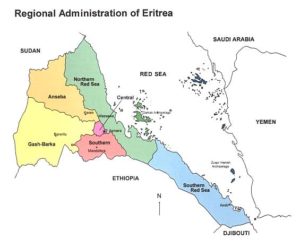
But when the country was under Italian colonization (1890-41), British administration (1941-1951), Ethiopian federation and annexation (1951-1991)–that is, for 100 years, it looked like this:
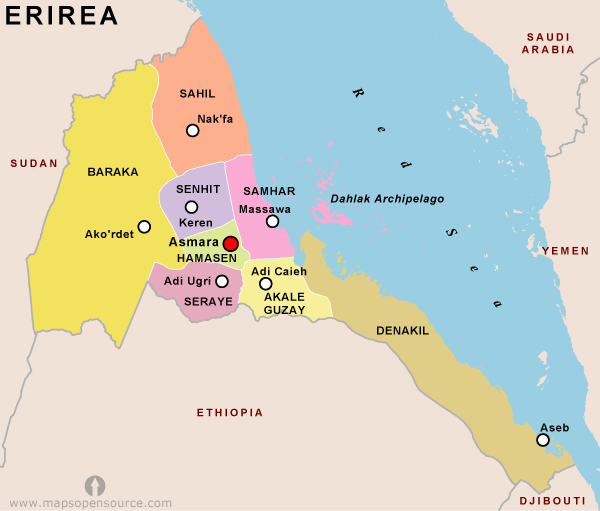
So? Some Eritreans argue that the older provincial boundaries more clearly defined the people, and their attachment to their land and history; other Eritreans argue that the new provincial (now called zonal or regional) boundaries are more in keeping with the nation-building goals of an independent government committed to rapid development and that they diffuse ancient regional conflicts and feuds.
0:52 Ma’e-kel region not Makel region. It means “central” in Tigrinya, one of the nine languages in Eritrea.
1:43 Bab-Al-Mendeb (say it slowly), not Babelmendab. In Arabic, it means “gates of tears”, and it is the area where two bodies of water (the Red Sea and the Gulf of Aden), and three countries (Eritrea, Djibouti, Yemen) connect. It is also what you must pass if you are headed to the Suez Canal in Egypt. Note: 90% of world’s trades moves by sea and almost 8% of global sea-borne trade passes through the Suez Canal. But the Suez Canal is useless without the Bab Al Mendeb, a beachfront property for critical commerce and therefore for submarines and guns, especially if the three countries are not getting along with one another or have benefactors (Saudi Arabia, Emirates, Qatar, Iran) that don’t want them to, which brings in the big powers (EU, US, China, Russia):
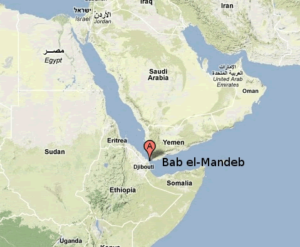
4:04 the “incredibly similar culture, traditions….” between Eritreans and Ethiopians. As with the rest of all colonized people, this similarity is evident in people who live close to the common border, as the border was–like the rest of Africa–developed during the “Scramble for Africa” (1881-1914) when Europeans raided the continent and drew the boundaries in negotiation with one another, irrespective of the ethnic identity of the people they were dividing. But the further North and South you go from their common border, the more dissimilar the people are. For example, there is nothing in common between northern Eritreans (people of the Sahel):
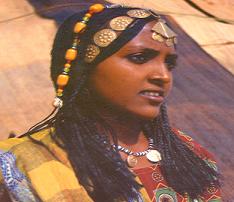
and Southern Ethiopians (people of the Omo Valley)
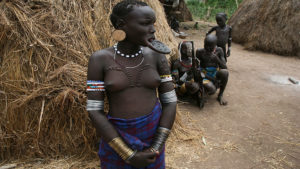
But, because those who managed to get Westernized or managed to be the ruling class of the two countries are from the common-border area, then the incessant talk about the “incredibly similar culture…cousins.”
4:20 Eritrea Ethnicity. Everything said here is unverified because the country has not taken a census since…ever. The claim that there are 9 ethnic groups is questionable because nobody agrees on the definition of “ethnicity”; it is more correct to say there are 9 distinct language groups in Eritrea. The claim that the population is 6.5 million is unverified: it is based on extrapolation of 70 year old data. The government itself says the population is about 4 million. There is no source to verify the percentages attributed to the 9 “ethnic groups”, i.e., there is nothing to support the claim that the Tigrinya make up 55% of the population.
5:15 “When Eritreans and Ethiopians meet each other, the first question they ask is ‘are you Habesha.'” This is true IF the Eritreans and Ethiopians who are meeting each other are from these areas of Eritrea and Ethiopia:
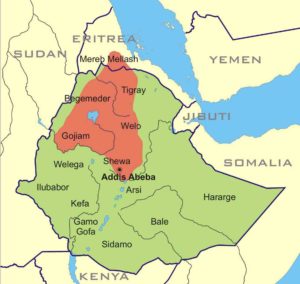
“Habesha” (Abyssinia) had an empire that expanded to include a much larger area but the map above shows its core, which is the Ethiopian plateau and the Eritrean highlands. Again, an Eritrean from the northern Sahel region of Nakfa is very unlikely to ask an Ethiopian from the southern Omo Valley “are you Habesha”?
5:46 speaking of Nakfa, the Eritrean currency is called Nakfa and not, as he pronounces it, Nafka. It is named after the stronghold of the Eritrean People’s Liberation Front in Northern Eritrea: the only area of Eritrea that the occupying Ethiopian army was unable to dislodge the rebels from in its numerous offensives.
7:17 “the country doesn’t accept most forms of foreign aid”… some say this is because the government doesn’t want to create a culture of dependency. Others say this is because the government wants complete control of the people and doesn’t want power centers of NGOs to develop. There are numerous UN organizations in Eritrea providing aid–and the government is fine with that because they deal only with it (either as government or as ruling party.)
7:28 “the government has done a relatively good job at prioritizing the national budget towards education and healthcare….” There is no independent verification of this as the national budget, if it exists, is not published and the report of the auditor general, if s/he exists, is not published either.
8:28 update: the country is no longer friendly with Iran because it has entered into a treaty with Iran’s arch-enemy, Saudi Arabia.
8:49 “their best friends are…kinda…themselves.” Kinda. The country is a one-party state and there are no opposition parties, no constitution, no election. So, to be in good terms with the one party state is a pre-condition to being in good terms with your country: able to visit, live, do business, retire.
Want to know more? Stay tuned for our list of mandatory-reading books on Eritrea. People still read books, right?

Leave A Reply